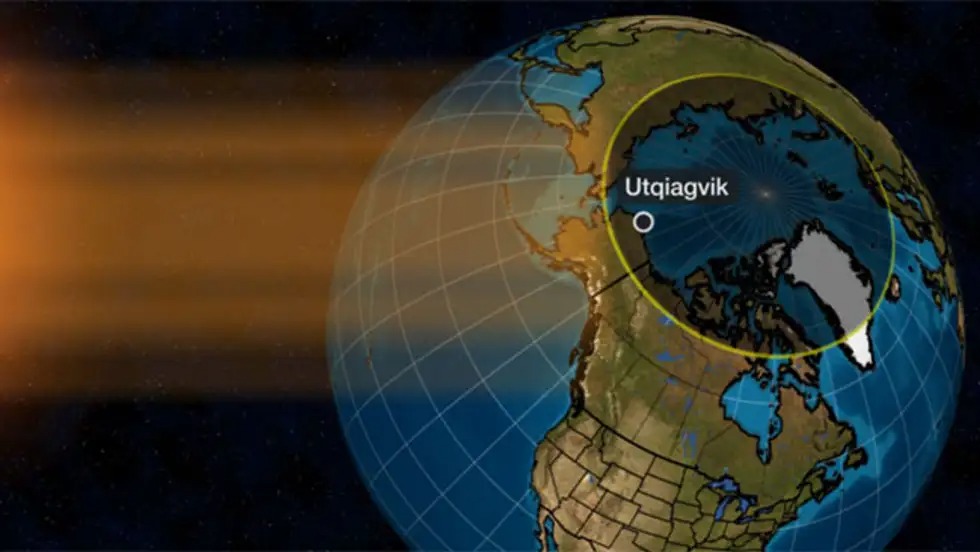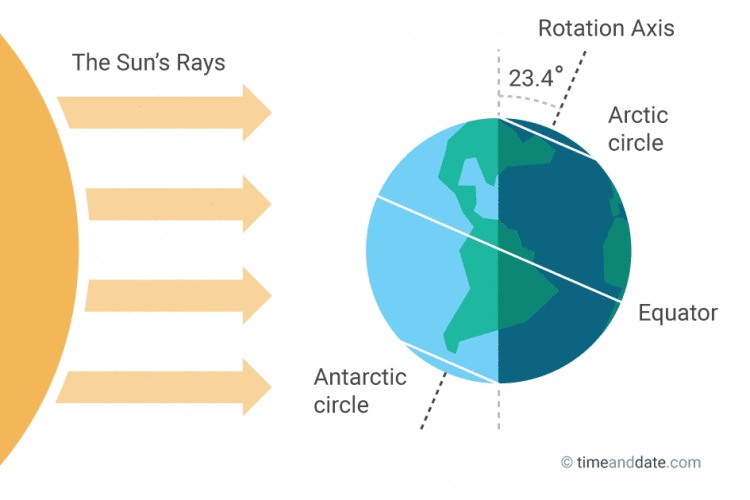
The residents of Utqiagvik, (pronounced oot-kee-AAG-vuhk) Alaska, enjoyed the last sunset of the year on November 19th. America's northernmost city will next see a sun emerge above the horizon on January 23, 2023. For those wondering, that means 64 continuous days, or 1,536 hours, of no daylight!
"This happens every year," says CNN meteorologist Judson Jones. "If you live above the Arctic Circle, there will be a day when the Sun sets for the rest of the winter. The good news? It will return and then during the summer when it won't set for days."
Utqiagvik's extended polar night — when the night lasts over 24 hours — is due to its location just 1,300 miles (2,092 km) south of the North Pole. The Earth revolves around the Sun at a 23.5-degree angle. Hence, the polar regions are tilted away from the Sun during the winter months. For the North Pole, that period extends from September to March.

Utqiagvik residents won't experience complete darkness during the day. The Sun's rays will curve around the Earth and be visible above the horizon. This is similar to what we experience during sunrise when the light can be seen long before the Sun emerges.
The "civil twilight" will appear in beautiful blue, orange, and pink hues. This is due to the scattering of the Sun's rays through the Earth's atmosphere. It will initially last six hours but will shrink to just three hours by mid-December, when the North Pole moves further away from the Sun. Utqiagvik residents will be well rewarded for enduring the dark and cold winter. In summer, the "midnight sun" will stay overhead for 82 days — from May 12, 2023 to July 31, 2023!

Utqiagvik polar nights are perfect for observing the northern lights or aurora borealis. The spectacular swirls of green, blue, yellow, or pink result from the ionized particles near Earth's poles colliding with the Sun's charged particles.
Utqiagvik is the first Alaskan town to experience a polar night each year. But it is not the only one. Over the next few weeks, Kaktovik, Point Hope, and Anaktuvuk Pass residents will also bid farewell to the Sun for a few months. Finland, Norway, Sweden, and northern Scotland also experience the phenomenon, albeit for a shorter time.
Resources: CNN.com, Weather.com, Timeanddate.com.
